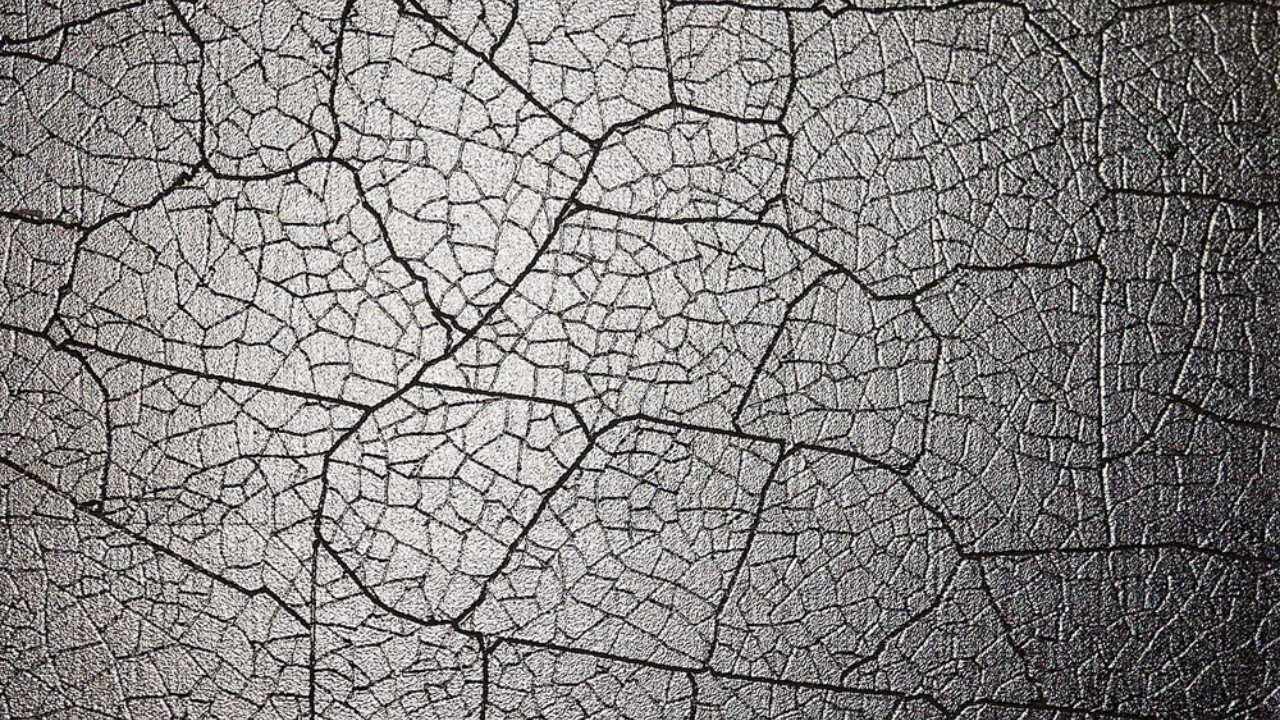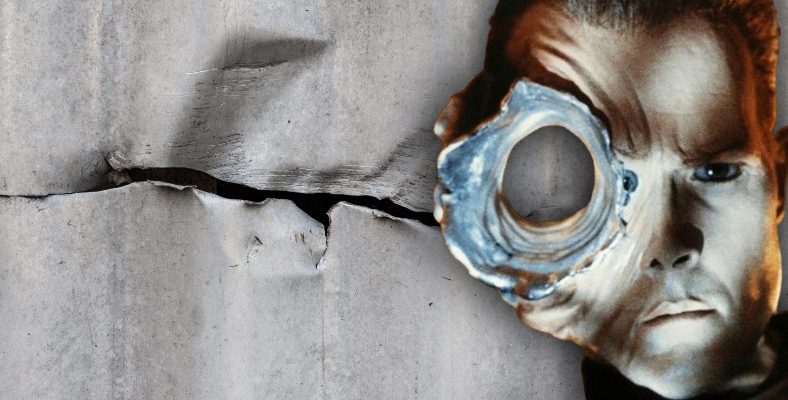During a study they conducted, scientists revealed that cracks in a metal can repair themselves, even at the nanoscale. When the reasons for this situation are revealed, a new era in engineering may begin.
at Texas A&M University Sandia National Laboratories Continuing their research, scientists made an unexpected observation while examining the durability of metals. Researchers examining platinum with a specialized electron microscope discovered that the nanoscale cracks on the platinum disappeared on their own over time. Nothing like this has ever been observed before.
There may be a solution to metal fatigue
Researchers examined in a vacuum environment 40 nanometer He observed that the cracks in the extremely small platinum layers disappeared over time and the metal repaired itself. The pressure on metals and their movements can cause such cracks. These cracks are called fatigue damage or metal fatigue. This phenomenon, which may cause metal structures to collapse at some point, has been waiting to be resolved for a long time.
What researchers do In 40 minutes of observation It was observed that the platinum began to coalesce after a while and the cracks merged into a perfect weld. The researchers did not expect this result either.
From Sandia National Laboratory Materials Researcher Brad Boyce“It was absolutely stunning to witness something like this first hand.” he says. Boyce says, “Definitely we weren’t looking for this. What we confirmed is that metals have an inherent, natural effect on fatigue damage, at least at the nanoscale. their ability to regenerate themselves It happened.” said.
A new era may begin in engineering

Currently metals to be able to repair themselves We do not have precise information about the conditions required for repair, how the repair process occurs, or how we can use this ability of metals. Still, serious repair costs are paid for the metals we use everywhere, from giant structures such as bridges and skyscrapers to smartphones. Eliminating these costs and increasing the lifespan of buildings has the potential to make a great contribution to humanity.
On the other hand, the self-repair ability of newly observed metals is not so unexpected. before too Michael Demkowicz A researcher named developed a model in which he argued that these properties emerge when metal structures change their structure in response to stress. Demkowicz’s model and this study support each other.
Metals can repair themselves, cold welding It can also be explained by the method called . In this method, when metal surfaces are brought close enough at room temperature or low temperatures, atoms form bonds, enabling welding. Under normal conditions, two metals placed side by side do not combine because particles or pollutants in the air prevent the atoms from getting close enough. There is no such obstacle in a vacuum environment.
The research was published in Nature.
Source :
https://www.sciencealert.com/cracked-piece-of-metal-heals-itself-in-experiment-that-stuns-scientists
